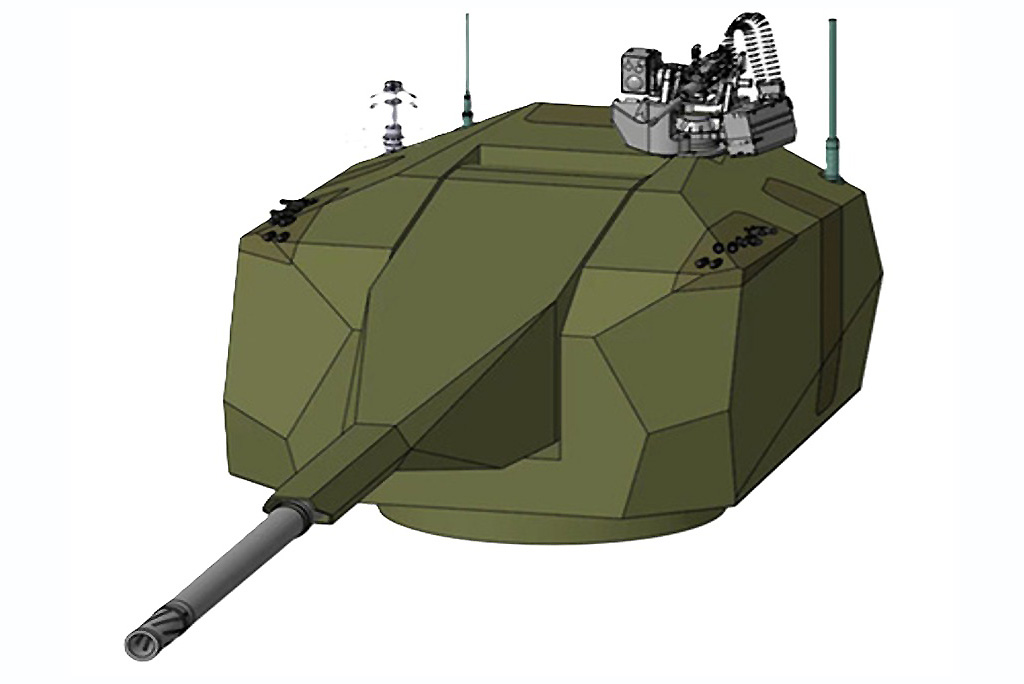Pentagon’s Shift Towards Agile Acquisition: Insights from Industry Leaders
During a recent address to industry stakeholders, Defense Secretary Pete Hegseth outlined significant changes in the Pentagon’s approach to defense acquisitions. The evolving strategy emphasizes a willingness to procure systems that deliver “the 85% solution” initially, deferring the pursuit of a complete solution for later. This paradigm shift was explored in depth by a panel of industry executives at a recent defense business summit.
Embracing Acquisition Risk for Operational Efficiency
Cultural Transition Needed
Steve Harris, Vice President of Defense and Intelligence at the Professional Services Council, emphasized the importance of assessing how much acquisition risk the Pentagon is prepared to accept to mitigate operational risk. He highlighted that achieving this new mindset represents a substantial cultural transformation for the Department of Defense (DoD).
Potential Delays in Development
Hegseth pointed out that the extended testing and development often required to reach a fully realized product—100% solution—can be unrealistic, frequently resulting in a timeline extension of one to two years. Margaret Boatner, Vice President for National Security Policy at the Aerospace Industries Association, echoed this sentiment, advocating for performance trade-offs that allow the Pentagon to meet 85% of requirements sooner, thus expediting operational readiness.
The Accelerated Landscape of Defense Technology
A Minimally Viable Product Approach
Christian Gutierrez, Vice President at Shield AI—a leading defense technology startup—provided insight into the rapid pace of product development in the current defense landscape. Gutierrez oversees engineering for Hivemind, a pioneering product designed for the autonomous operation of unmanned aircraft. He underscored the importance of producing a minimally viable product (MVP), focusing on essential functionalities that enable initial usability and facilitate iterative improvements based on user feedback.
Balancing Core Development Variables
Gutierrez articulated the need for defense companies to meticulously balance cost, schedule, budget, and technical risks throughout the product lifecycle. He identified “schedule risk” as a critical factor in the current environment. Speed is paramount, given that adversaries are advancing at unprecedented rates. He called for innovative strategies that encourage rapid deployment and reduce barriers to entry, aligning with the administration’s new policies.
Key Takeaways for Defense Professionals
-
Adoption of the 85% Solution: Emphasizing speed and operational readiness over perfection in defense procurement could rapidly enhance military capabilities.
-
Cultural Shift Required: The Pentagon must foster a culture that embraces a higher tolerance for acquisition risks, shifting from traditional procurement mindsets.
-
Industry Collaboration: Defense contractors must adapt to and collaborate with these new acquisition strategies to remain competitive and responsive to urgent national security needs.
The dialogue among defense leaders signifies a pivotal juncture in U.S. defense procurement, where agility and adaptability become as crucial as technological superiority. The evolving landscape underscores the need for strategic partnerships between government and industry, ensuring that the U.S. military remains poised against emerging threats.





